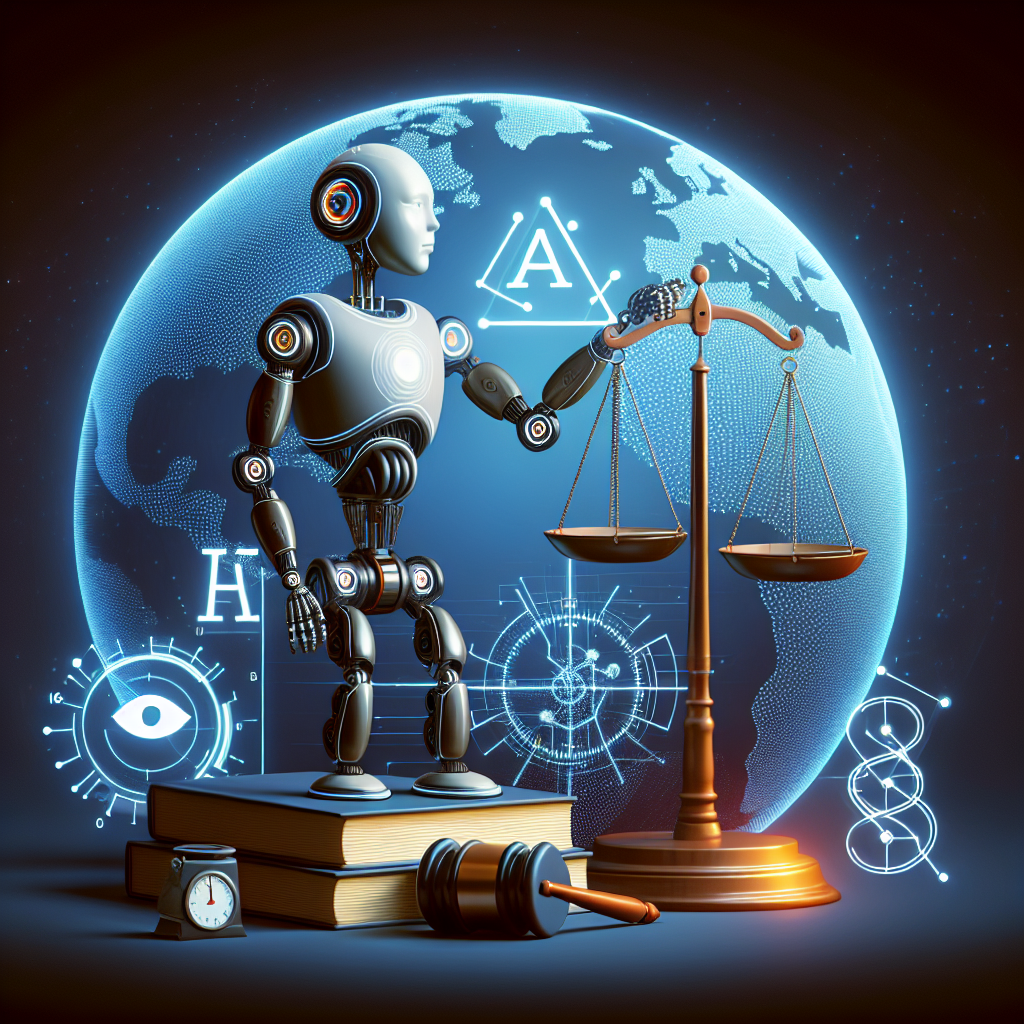In recent years, artificial intelligence (AI) has revolutionized many aspects of our lives, including the way we learn and teach. AI technology has been increasingly integrated into educational systems to enhance learning experiences, personalize instruction, and streamline administrative tasks. While the benefits of AI in education are undeniable, there are also ethical concerns that must be addressed to ensure fairness and accountability in the use of AI.
The Ethics of AI in Education
AI in education has the potential to transform the way students learn and teachers teach. AI-powered tools can analyze vast amounts of data to identify students’ strengths and weaknesses, provide personalized learning recommendations, and even automate grading and assessment tasks. These capabilities have the potential to improve learning outcomes, increase efficiency, and reduce bias in educational practices.
However, the use of AI in education also raises a number of ethical questions that must be carefully considered. One of the key ethical concerns is the potential for bias in AI algorithms. AI systems are only as good as the data they are trained on, and if the data used to train an AI system is biased, the system itself may perpetuate that bias. This can lead to unfair outcomes for students, such as unequal access to educational opportunities or discriminatory treatment based on factors like race, gender, or socioeconomic status.
Another ethical concern is the lack of transparency in AI systems. Many AI algorithms are complex and opaque, making it difficult for educators, students, and parents to understand how decisions are being made. This lack of transparency can undermine trust in AI systems and raise concerns about accountability.
Ensuring Fairness and Accountability
To address these ethical concerns and ensure fairness and accountability in the use of AI in education, several key principles should be followed:
1. Transparency: AI systems used in education should be transparent and explainable. Educators, students, and parents should be able to understand how decisions are being made by AI systems and have the ability to challenge those decisions if necessary.
2. Fairness: AI algorithms should be designed and trained in a way that minimizes bias and ensures equal opportunities for all students. This may require careful consideration of the data used to train AI systems, as well as regular monitoring and evaluation of the algorithms to detect and correct any biases that may arise.
3. Privacy: The use of AI in education should comply with relevant privacy laws and regulations to protect students’ personal data. Educators and edtech companies should be transparent about how student data is being collected, stored, and used, and should obtain consent from students and parents before using their data for AI purposes.
4. Accountability: Educators and edtech companies should be held accountable for the decisions made by AI systems in education. This may require establishing mechanisms for oversight, auditing, and redress in cases where AI systems produce unfair or harmful outcomes.
Frequently Asked Questions (FAQs)
Q: How can educators ensure that AI systems used in education are fair and unbiased?
A: Educators can take several steps to ensure that AI systems used in education are fair and unbiased. This includes carefully selecting and monitoring the data used to train AI algorithms, testing for bias in the algorithms, and implementing mechanisms for auditing and correcting any biases that may arise.
Q: What are some examples of bias in AI algorithms used in education?
A: Bias in AI algorithms used in education can manifest in various ways, such as unequal access to educational opportunities based on factors like race or socioeconomic status, discriminatory treatment of students, or reinforcement of stereotypes. For example, an AI system that recommends courses or career paths based on gender or race could perpetuate existing inequalities in education.
Q: How can educators ensure that students’ privacy is protected when using AI in education?
A: Educators can protect students’ privacy when using AI in education by complying with relevant privacy laws and regulations, obtaining consent from students and parents before using their data for AI purposes, and implementing security measures to safeguard student data from unauthorized access.
Q: What are some best practices for ensuring transparency in AI systems used in education?
A: Best practices for ensuring transparency in AI systems used in education include providing clear explanations of how decisions are made by AI systems, making the underlying algorithms and data used to train the AI systems accessible to educators, students, and parents, and establishing mechanisms for challenging and appealing decisions made by AI systems.
In conclusion, the use of AI in education has the potential to revolutionize learning and teaching, but it also raises important ethical considerations that must be addressed to ensure fairness and accountability. By following principles such as transparency, fairness, privacy, and accountability, educators can harness the power of AI technology to create a more inclusive and equitable educational system for all students.

